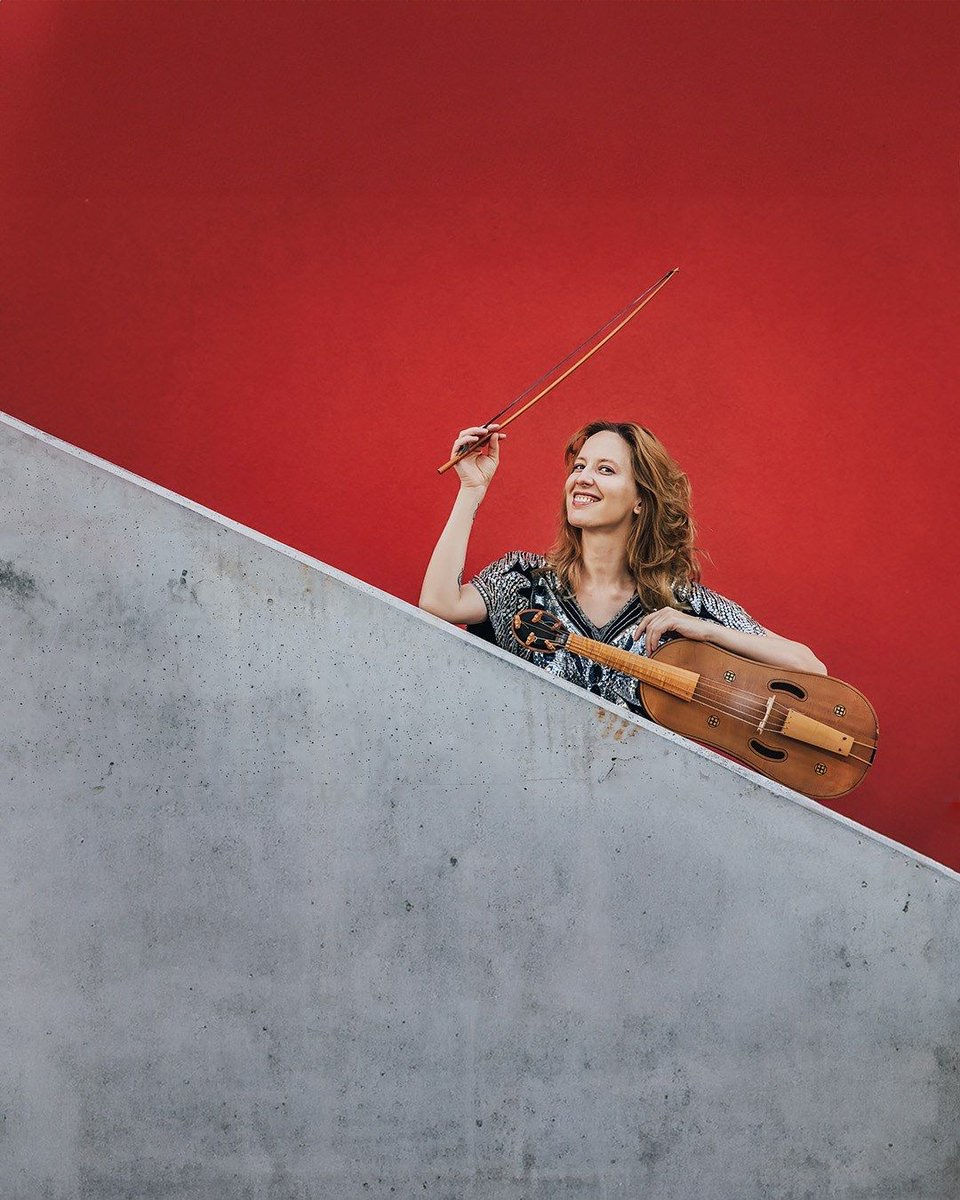Reginald Smith Brindle and Luigi Dallapiccola
- Steve Crowther

- May 2, 2023
- 3 min read

In 1949 Reginald Smith Brindle returned to Italy from North Wales to further expand his compositional studies. In Rome he had lessons with the ‘traditional’ composer Ildebrando Pizzetti, but he didn’t feel that his conservative approach had much to offer in this new world of experimental challenges. He then went to Florence to study with Luigi Dallapiccola. Although Dallapiccola was indeed an avant-garde composer who embraced new and experimental ideas and methods in music, Smith Brindle found his teaching methods exasperating. This is an extract from his excellent autobiography:
‘The truth is, Dallapiccola became over-involved with unimportant details, tending to draw conclusions from small matters without assessing the nature or value of the whole composition. Also, his teaching lacked organization, for we always seemed to follow, almost at a hazard, a confused path without establishing any specific goals at which to aim.’
Smith Brindle heard Dallapiccola’s opera ‘Il Prigioniero’ (The Prisoner) when it was first performed in Florence, and although he found some parts of the score ‘too dense and stressful for my liking, other passages seemed to be just the kind of sound I had long looked for – a mysterious, complex sound with an intangible, enigmatic harmony which I found intensely beautiful.’ I love his reflection on Dallapicolla’s technical process of composing which ‘…was said to involve the use of Schoenberg’s serialism, so everyone in Florence regarded him as a kind of devil sprouting horns.’ He goes on to say bought the score and after a detailed analysis ‘…found a very different brand of serialism than that described by (René) Leibowitz (in his 1947 Schoenberg et son école – Schoenberg and His School.)
He quickly realised that the ‘… music had a more conventional look, with a smooth and refined harmony which appealed to me very much. Though it had the total-chromaticism of serialism, the harmony was without the brutism which was all-too-common with the Schoenberg School. The actual musical styles in the opera were quite varied, ranging over Italian music since medieval times. Some voice solos seemed to derive from Gregorian chant, choral pieces from renaissance polyphony, while most of the atmosphere was very much in the ‘verismo’ manner. In fact, the opening orchestral flourish was very similar to the first bars of ‘La Bohème’. Altogether, I was much more favourably impressed by Dallapiccola’s opera, than with anything I had found in the Leibowitz books…’
In 1955 Smith Brindle wrote a tribute piece to the composer, Variations on a Theme by Dallapiccola (I couldn’t find a recording of the work). And that ‘in later years, [his] relationship with Dallapiccola improved enormously, though he was always a bit enigmatic [to me].’
I shall end this short essay with a lovely anecdote from his autobiography:
‘I never heard the maestro tell a joke, or express a crudity, so I was most surprised to get a letter from him years later (1964) about a concert performance in Florence of a piece of Morton Feldman… Durations (for ‘cello and piano). [The piece] has very few notes indeed, and a very abundant amount of silence;
“Now during the piece of Feldman, that is, while poor Gomez scraped a string of his ‘cello with his bow, and while his wife, with her bottom in the air, searched inside the piano to pluck the strings, one of the audience had a violent fit of laughter. A fit he couldn’t control. For a while he tried to hold it in by stuffing a handkerchief in his mouth; but in the end the strain was excessive, and relieved only by a yielding of the anal sphincter. The fact is, in public, he let go a resounding passage of wind (recorded with the music on the electromagnetic tape). So, this is where we have got to: after a season of concerts, that which is most talked about is a fart.”



Comments